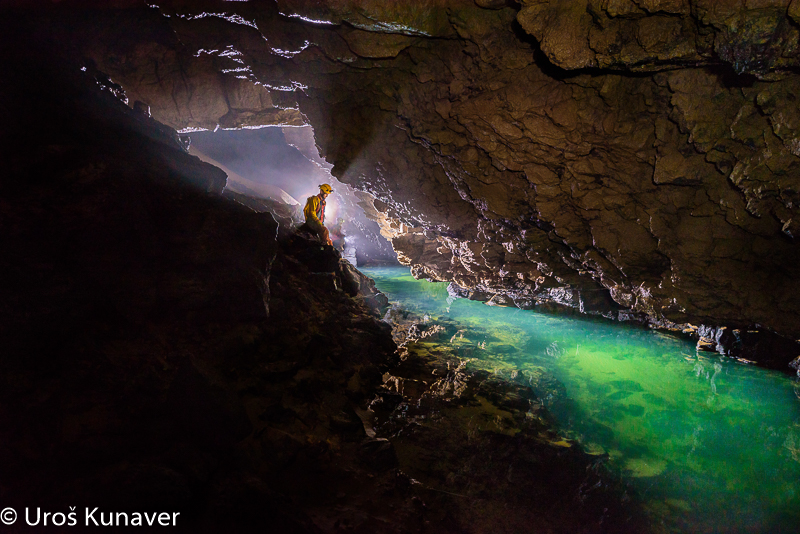EXPLORING THE SUBTERRANEAN WORLD

Explore the hidden subterranean life with photos, discover its attractions and participate in the online quiz! Check out your potential to become a speleobiologist! Answer the questions, enter your name and rank among successful competitors. The Hidden Life of the Subterranean World team wishes you a lot of fun and success :)
Caves are certainly the most outstanding example, but they are not the only subterranean habitat. Water interstitial is composed of water-filled spaces between the grains of unconsolidated sediment and represents one of the most important sources of drinking water. Epikarst (a weathered zone of enhanced porosity at the soil/carbonate bedrock contact), mesovoid shallow substratum (the MSS from the French milieu souterrain superficiel), lava tubes and hypothelminorheic (small seep underlain by clay and fed by subsurface water), all represent superficial subterranean habitats (SSH).
Due to complete darkness primary producers that depend on light are absent from subterranean environments. Complete reliance on energy sources transferred from surface habitats generally implies a lack of nutrients. Also, the daily or seasonal variation of environmental parameters is lowered compared to surface habitats. Temperature is approximately equal to the average annual surface temperature and humidity is usually very high.
Nutrients enter caves and other subterranean habitats in a variety of ways: sinking rivers, percolating water, wind and gravity. Another important food source for subterranean fauna are surface animals that enter by chance and perish underground, or those that enter actively. One such example are bats that feed on the outside and only use caves temporarily: some during summer (maternity colonies), some during winter (hibernation). Their guano and carcasses are valuable sources of organic nutrients for subterranean animals. Cave crickets perform a similar function.
Animal species or populations that are obligate, permanent, residents of subterranean habitats, are called troglobionts. They have developed special morphological adaptations (i.e. troglomorphies) to subterranean environment: eye and pigment loss, enhanced non-visual sensory structures for orientation and communication, elongated appendages.
Subterranean animals and their habitats are threatened by reckless human activity. Many activities that take place above ground irreversibly alter subterranean environments. Channelization of rivers and construction of dams alter the natural water regime, resulting in inundation or drying of associated caves. One of the main impacts of the construction of reservoirs is siltation of river beds and clogging of the interstitial. Due to low self-cleaning ability and complexity of karst aquifers, pollutants from the surface enter deep into the underground and remain in sediments for decades. Quarries and various constructions destroy caves directly. Caves are also affected by the closing of their entrance, change of adjacent surface landscape and deposition of garbage. Another potential threat to cave fauna is long-lasting and non-selective pitfall trapping that can locally decimate cave populations.
The need for special protection of caves has already been emphasised in the first Slovenian nature protection document, the Memorandum dating to 1920. Today, caves and their inhabitants are protected by national legislation, while some troglobionts are additionally protected under the EU Habitats Directive (e.g. the olm, slenderneck beetle, cave clam).